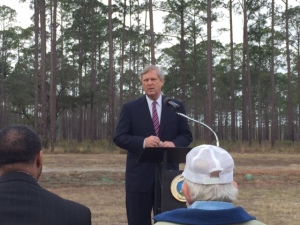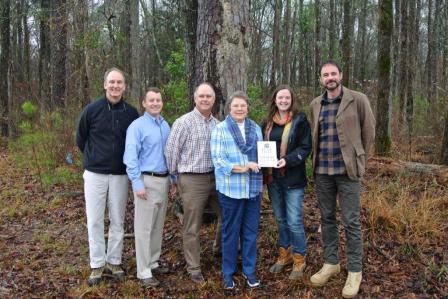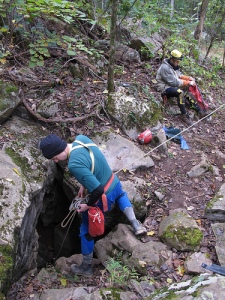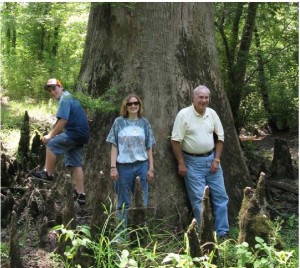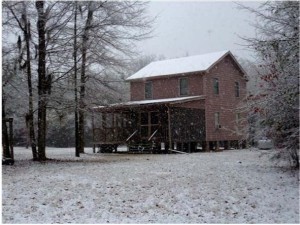The Georgia-Alabama Land Trust has an immediate opening for director of finance and personnel.
The director position responsibilities include overseeing accounts payable, accounts receivable, bank reconciliations, month-end financials, annual budget preparation, monthly forecasting, and analysis of performance. Extensive financial management of special programs including related companies and affiliates. The director also oversees and manages all aspects of human resources and personnel. Specific responsibilities include but are not limited to the following :
- Review and verify vendor invoices, obtaining project manager approval prior to preparing payment
- Receive payments and code to correct program
- Maintain donation and grant tracking
- Prepare weekly Cash Position and Program Invoice Tracking updates
- Prepare monthly Budget versus Actual by program
- Quarterly and end of year report preparation in final form for presentation to Finance and Investment Committee (Balance Sheet, Profit & Loss Statement, Budget versus Actual and Fund Restriction Status)
- Special Programs management (ACUB, Habitat, ILF and CVLT) and maintain highly detailed records
- Prepare annual budget for the land trust and affiliate
- Assist outside auditor with annual financial audit of the land trust and affiliate, including 990 preparation
- Oversee personnel duties to include payroll, taxes, leave, and all related entries
- Oversee processing new hires and maintenance of personnel files
- Manage 403(b) retirement plan; including communication with related staff, payroll submissions, adding and removing employees and making necessary edits
- Manage wireless plans for staff, which includes cell phone and tablet access
General requirements for the position include the following:
- B.S. in Accounting or Finance
- Non-Profit Accounting experience desirable
- Two to four years of experience in a similar position
- Experience with QuickBooks or similar accounting software; advanced Excel skills.
- Proficiency in Microsoft Word, Outlook, and PowerPoint.
- Strong organizational, analytical and interpersonal skills.
For a complete job description click HERE. Deadline for submission is July 20th, 2016. Please submit a cover letter and resume to info@galandtrust.org.
 stitute (CEI) will be presenting diverse learning stations for kids from pre-k to grey. There will be a hay ride, bug hunt, a bird migration game, a 4-H River Kids safety course, and live animals, including reptiles and birds of prey.
stitute (CEI) will be presenting diverse learning stations for kids from pre-k to grey. There will be a hay ride, bug hunt, a bird migration game, a 4-H River Kids safety course, and live animals, including reptiles and birds of prey.